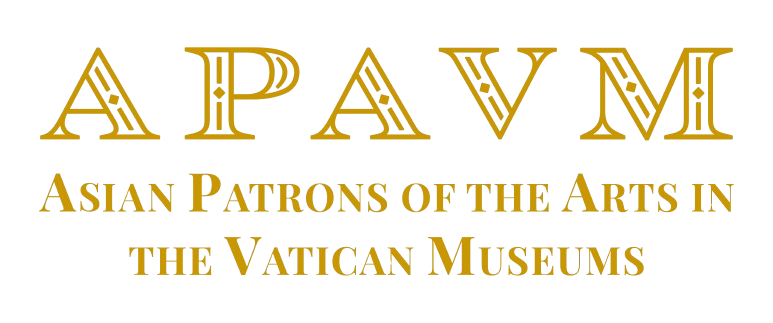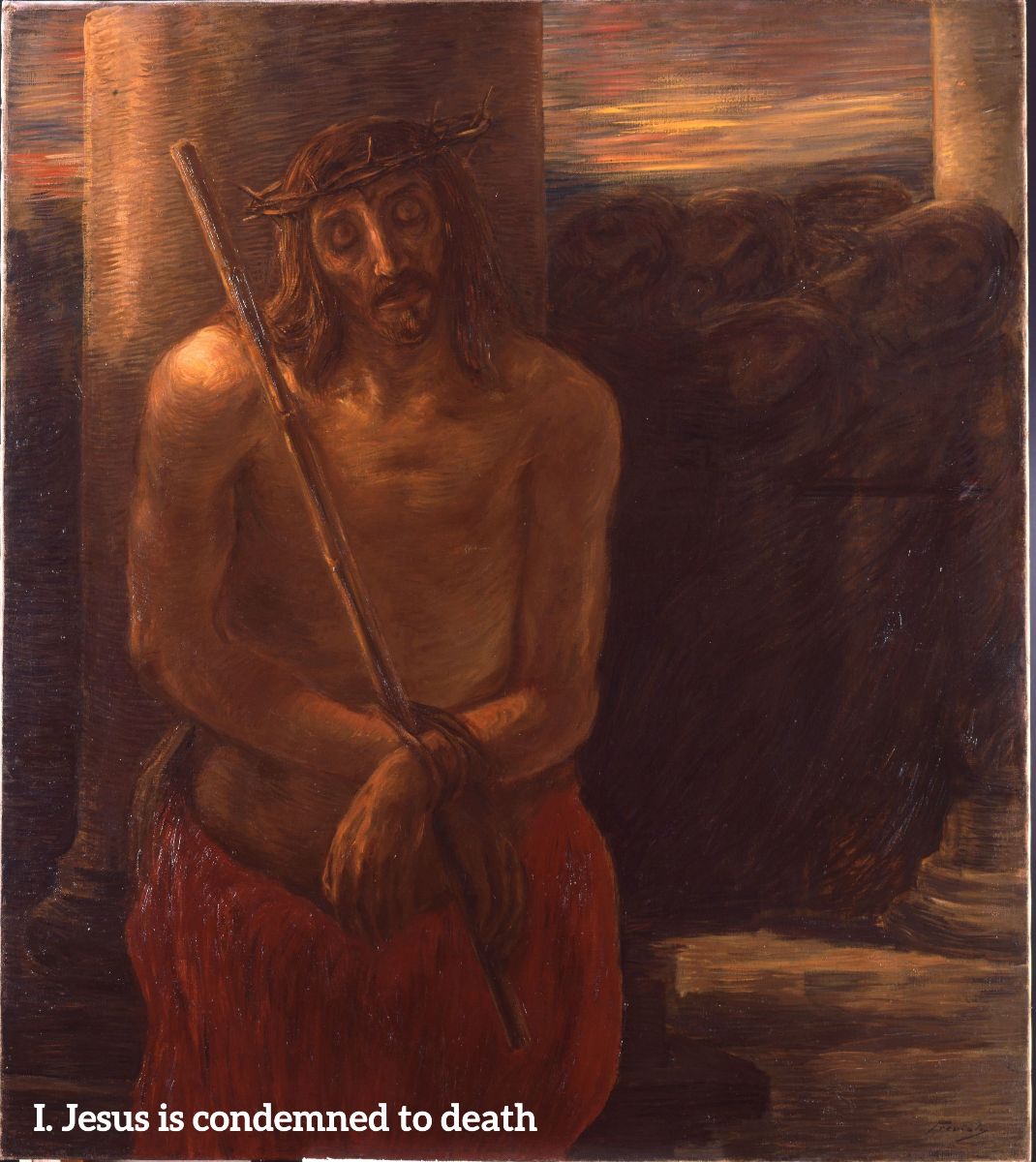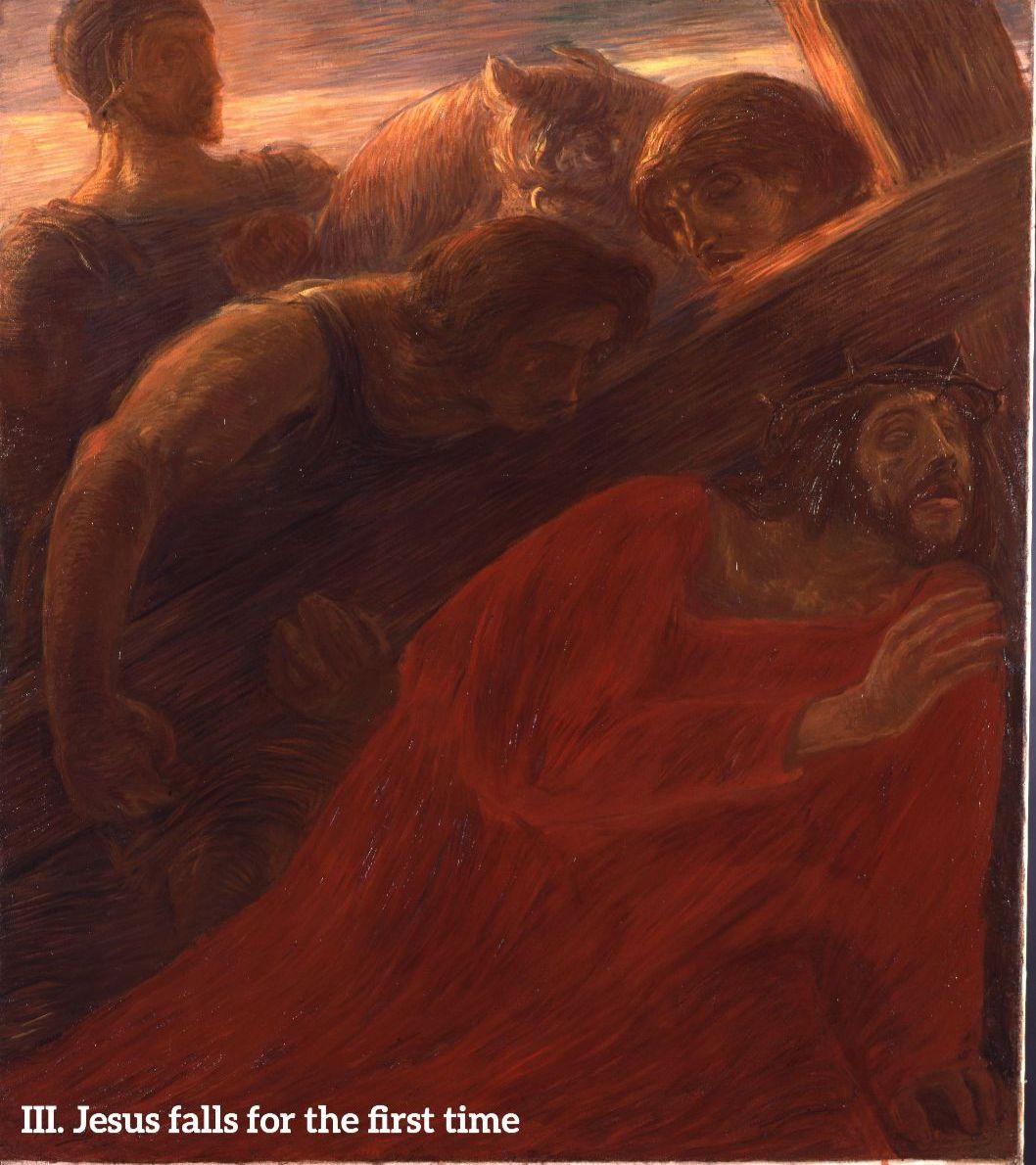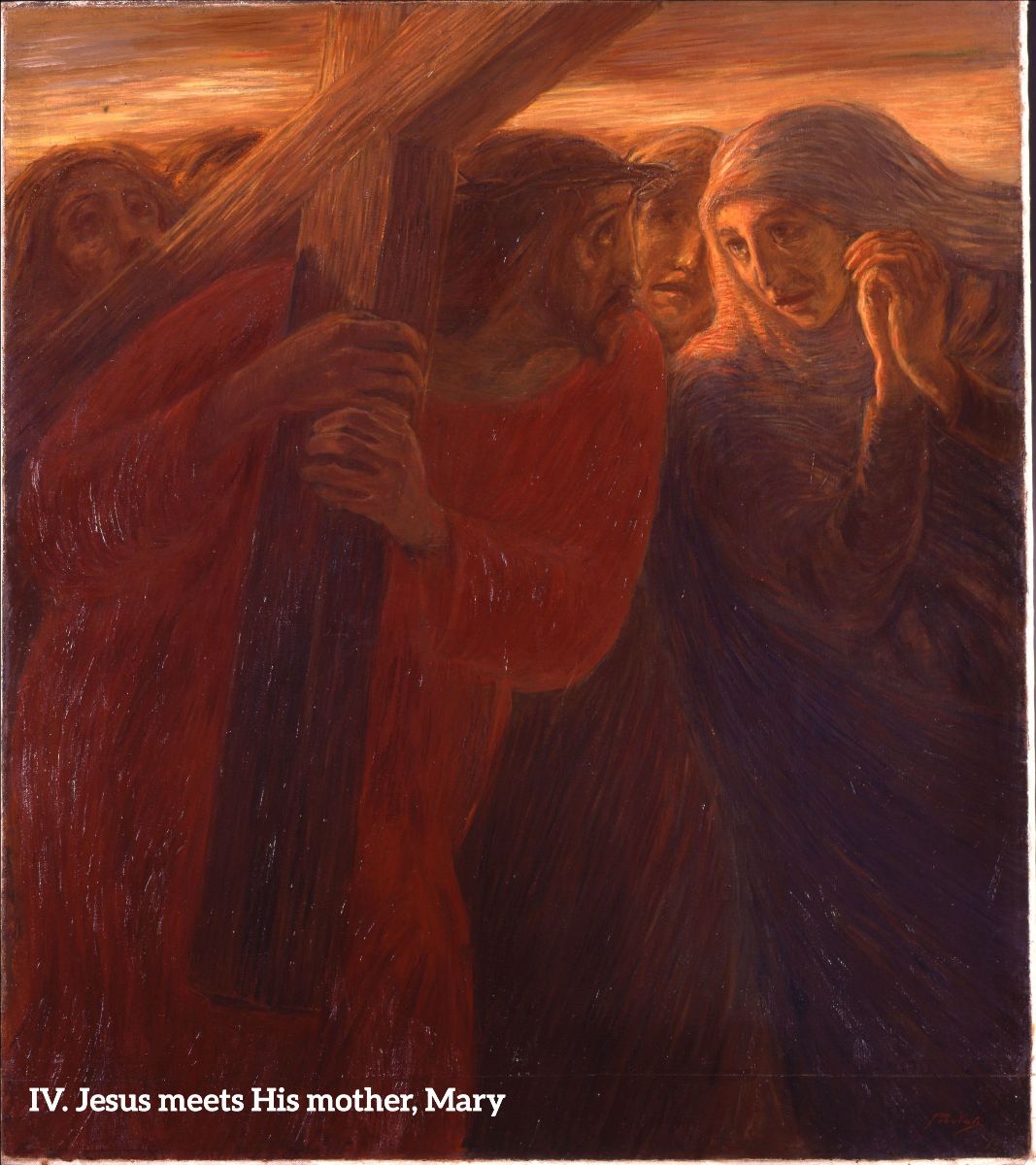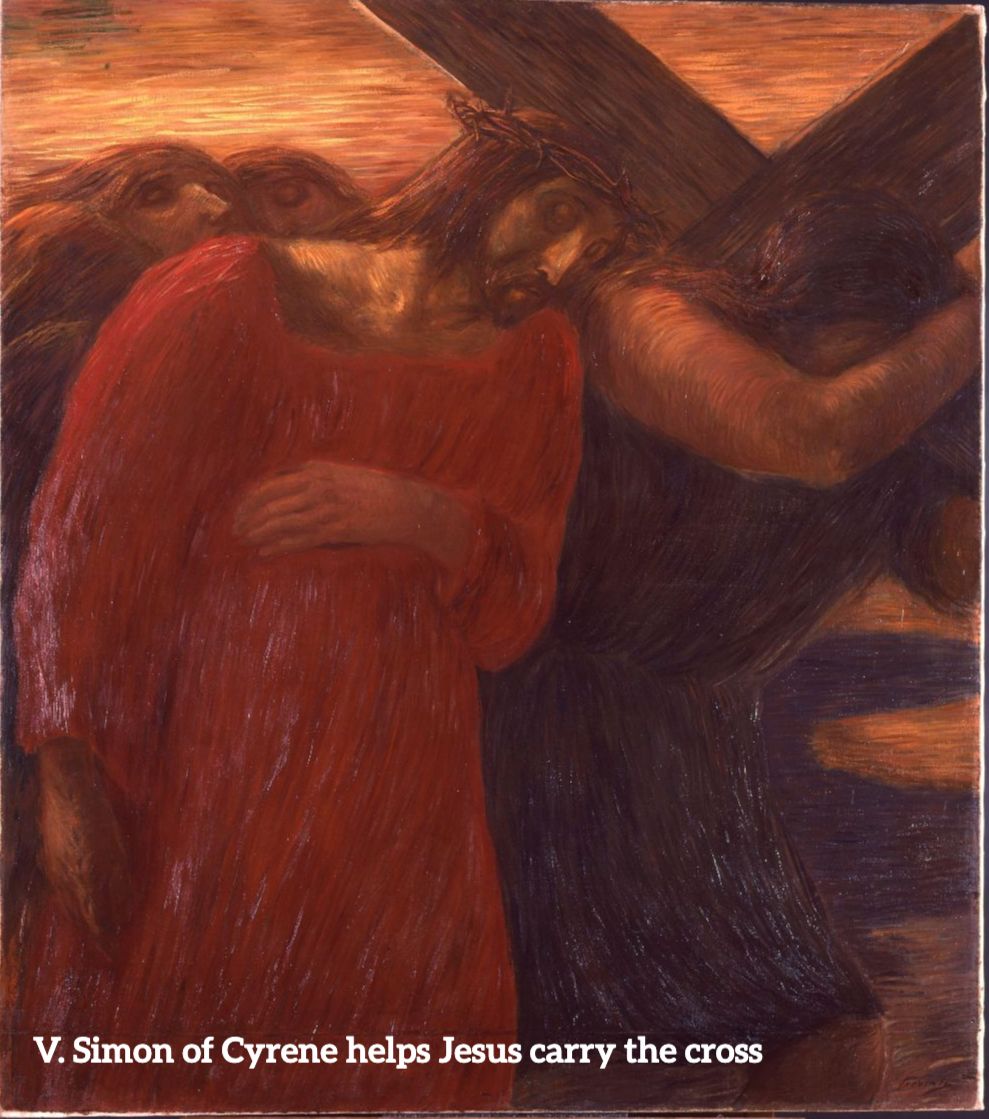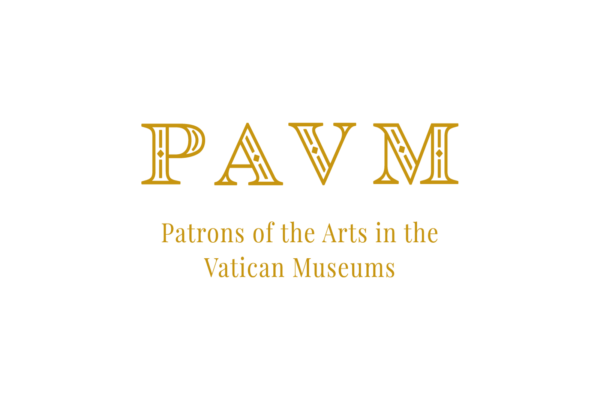“These stations of his martyrdom of Christ demand diligent, long, passionate attention (…) A superficial glance is not enough”, Belfiore described them “They want a recollection of the soul (…) I stared at the pupils for a long time in those pitiful scenes of the pain and faith, I gradually felt myself overcome by an ever greater suggestion and I ended up convincing myself that within this work there was truly a spiritual vitality outside the usual boundaries.”
Already in the beautiful exhibition organized together with the Milanese Diocesan Museum Carlo Maria Martini in 2018, curated by Nadia Righi and Micol Forti, the curators experimented with the power of the original setting. Displayed on three walls, adopted in Tornio in 1902 and again in Milan in 1910, at the great exhibition at Palazzo della Permanente. It was more daring to display on a single wall, the fourteen canvases placed side by side as if they were inside a single frame, designed for the Paris Salon in 1907, which placed the work in contact with the temporal scan and perception of the first cinematography. The same display will be re-proposed to our Vatican audience, as soon as possible, in the suggestive exhibition space of Charlemagne’s Arm.
The results of the research that has enthralled and involved the various Departments of the Vatican Museums are available. First of all, the already praised research of Micol Forti and his collaborators, Lia Pagliarani in particular, includes first-hand archival checks and different insights. Therefore, the many restorations that have seen the Contemporary Art Department of the Vatican Museums work in synergy with the Restoration and Diagnostic Laboratories which have gradually involved all the works of Previati of the Vatican Museums.
The Via Crucis underwent a restoration intervention in the 1980s by Giovanni Propersi and Giovanni Cecchini, and then in 2010, a new restoration was carried out by Tiziana Sorgoni in the Paintings Restoration Laboratory of the Vatican Museums. Today, under the responsibility of Francesca Persegati, the Floreria Vaticana, the Infrastructure and Services Directorate of the SCV Governorate, restored the original, and recently found, frames of the Via Crucis. Special thanks to our Patrons of the Arts in the Vatican Museums, the Minnesota and North Dakota Chapter, who generously supported the work, and allowed us to bring the intense stations back for public use.
